These are the 5 best service rifles the US military has ever had
- By Travis Pike
Share This Article
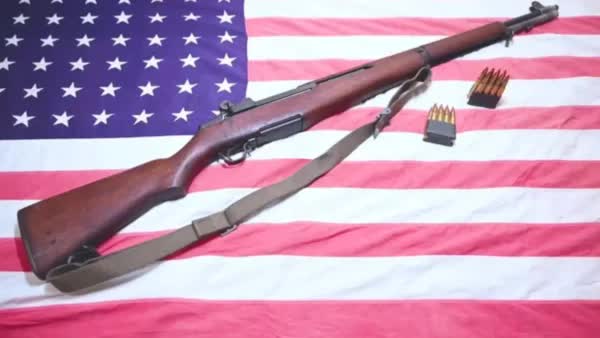
Picking five of the many excellent service rifles the United States military has used throughout its history – and one of them by the Confederate Army instead – was tough since there have been so many excellent firearms. But the five weapons that made this list are at the same time excellent and revolutionary.
I hope you enjoy what I think are the five best service rifles the United States – or the Colonies – have ever fielded in some capacity.
The Kentucky Long Rifle

This rifle existed before the United States did, but it served with the Continental Army in the American Revolution. The Kentucky Long Rifle, also known as the Pennsylvania rifle or American Long Rifle, is a muzzle-loading weapon with a fairly long barrel that shot a relatively small caliber.
German gunsmiths brought rifling to the United States and began producing these rifles for hunters and frontiersmen. The rifling made them accurate, and the long barrels allowed their lead balls to fly at higher speeds. The smaller caliber was an unusual but clever choice. Hunters and frontiersmen went into the wild on foot and having smaller bullets meant they could carry more of them.
These accurate rifles allowed soldiers to hit the enemy from greater distances and the smaller projectiles meant they carried more ammo into battle. These service rifles were not general issue rifles but were often brought by members of militias. Occasionally, whole outfits carried rifles, and these outfits were pivotal in the Battle of Saratoga, the Battle of Cowpens, and the Battle of New Orleans.
Related: The Bowie knife – A historical fighting knife
M1861 Springfield
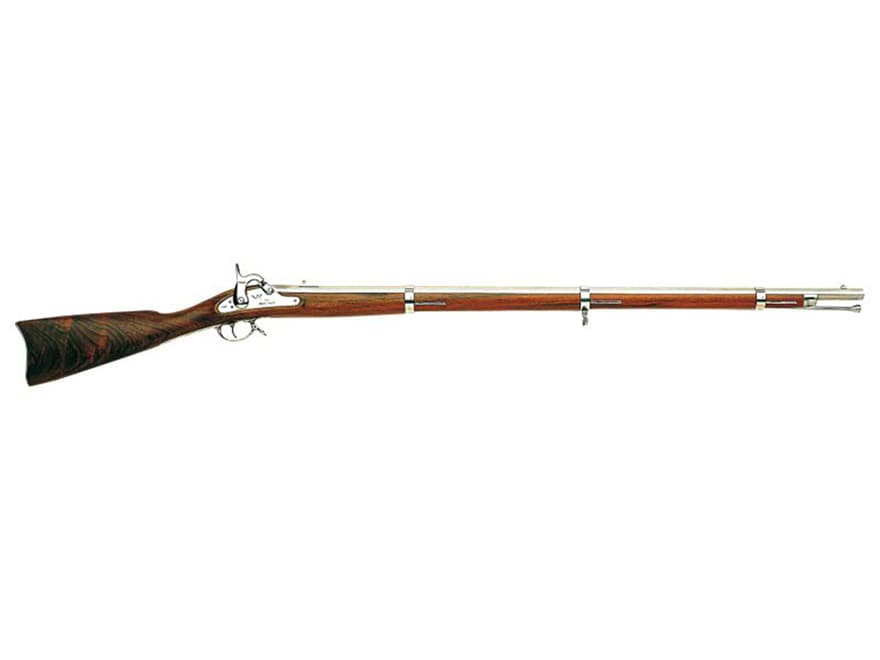
In the midst of the Civil War, the Union troops were armed with one of the finest rifle muskets ever made, the Springfield Model 1861. This large .58 caliber rifled musket utilized a Minie ball, which allowed for the general issue of rifled muskets over smoothbore muskets. The M1861 was the first general-issue rifled firearm. It had a 40-inch barrel and weighed nine pounds, which was not too heavy, especially for that era.
The Model 1861 wasn’t necessarily revolutionary as far as service rifles go but was more a culmination of good ideas developed over decades of rifled muskets. One of the rifle’s biggest advantages was that it was soldier-proof: Its sights were simple, with settings for 100, 300, and 500 yards, and could be used quickly and easily by the masses of conscripts.
The Springfield offered a very robust and reliable rifle with excellent accuracy. Well-trained troops could fire three shots a minute on targets out to 500 yards. The rifle was so robust and stout that it would become the basis for the next generation of both rifled muskets and breach-loading cartridge rifles.
Related: 5 civilian products adapted for military use
The Henry Rifle
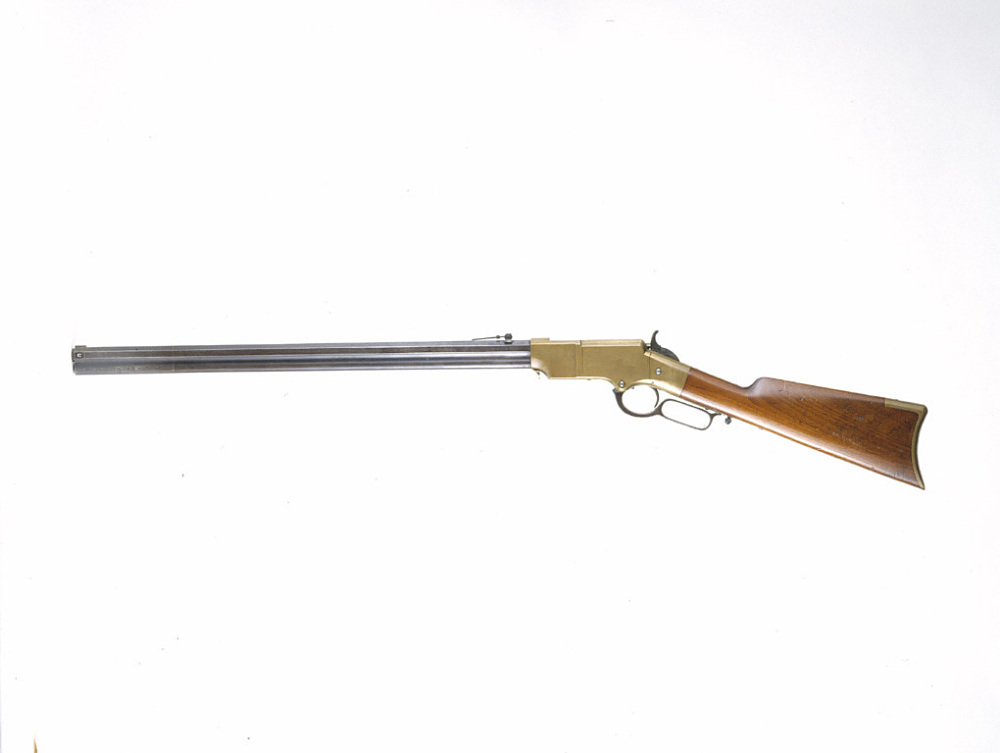
The Civil War also saw the Union troops wielding the Henry Rifle. The Henry Rifle is a lever-action firearm and the first practical and successful repeating rifle. These rifles were issued by the Union forces in small numbers and for special assignments as they were too expensive to be issued en masse compared to a rifled musket and ball. They also had a relatively low effective range compared to a proper rifle.
Union soldiers used these rifles in small numbers and some soldiers even purchased their own. The Henry Rifles found themselves in the hands of scouts, skirmishers, flank guards, and raiding parties as these men had to be quick and nimble.
The key to the rifle’s success was its use of brass cartridges. The lever-action rifle held 16 rounds which allowed a soldier to fire it quickly. One Henry Rifle provided the firepower of a squad of muskets. It became such a fearsome weapon that one Confederate exclaimed, “that damned Yankee rifle that they load on Sunday and shoot all week!”
M1 Garand
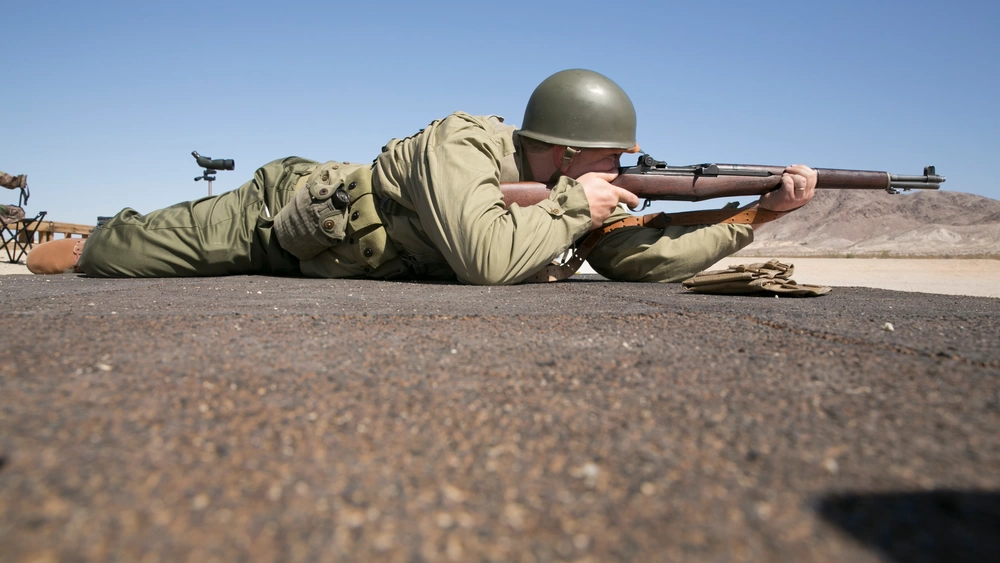
The years between the Civil War and World War II saw a number of revolutionary weapons, but in hindsight, they lost out to the M1 Garand. The M1 Garand was the first time the United States ever issued semi-auto service rifles to the bulk of the armed forces. At that time, the world carried bolt-action rifles, but the Americans made an impressive leap forward with the M1 Garand. Other countries struggled to keep up and produce their own autoloading battle rifles.
This .30-06 autoloader used a gas-operating system and integral magazine fed by En Bloc clips. It gave riflemen eight rounds of firepower and an effective range of 500 yards with standard iron sights. The impact of the shoulder-fired, man-portable rifle was immediate in World War II. It was extremely capable, and the higher rate of fire proved important for infantry fighting forces.
The M1 Garand would go on to also serve as a sniper rifle and would arm forces until after the Korean War. General Patton once called the M1 Garand “the greatest battle implement ever devised.”
Related: The FG-42 – The odd Nazi rifle created after a paratrooper disaster
M16
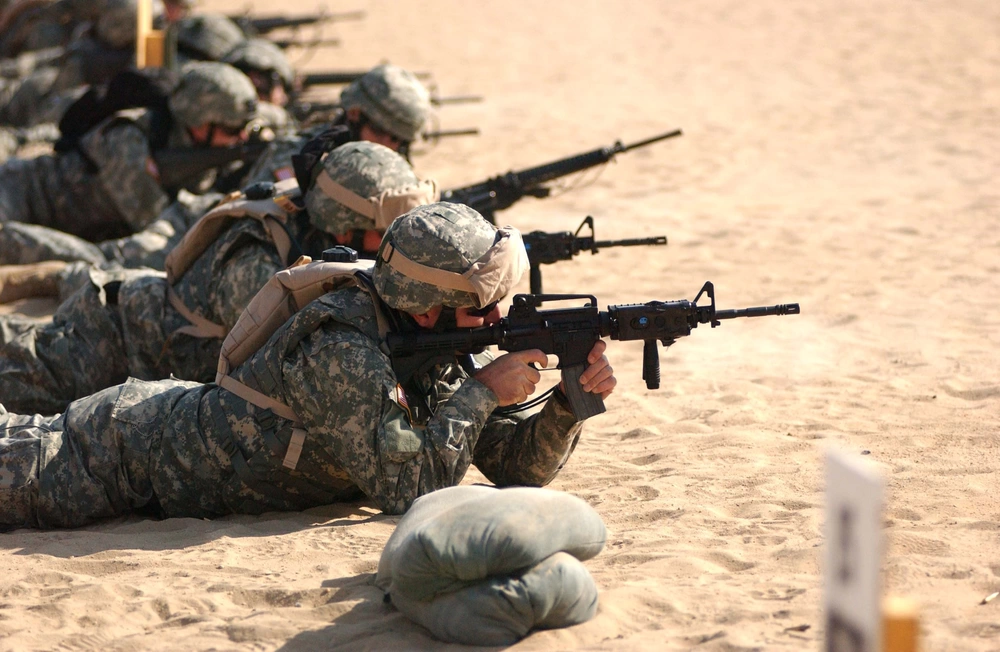
Last but not least is the M16. The M16 was a weapon the Army wanted to hate and nearly sabotaged during its trial by fire in Vietnam. The goal of its predecessor, the M14, was to replace the BAR, the Grease Gun, and M1 Garand all at once. However, it spectacularly failed to do so. The M16, on the other hand, proved to be light, easily controlled, and well-suited for tight jungle warfare.
The platform proved modular and, over the decades, evolved alongside technology. Some evolutions, like the A2 variant, weren’t great, but most were excellent, and rifles like the M4 and Mk 12 have been derived from it. The M16 served from Vietnam into Afghanistan and only now seems to be on the way out. Even so, it will likely serve for decades more in the hands of various forces around the world.
Generations of young men and women have carried one in every clime and place you can bring a gun. It’s a fantastic rifle and will likely go down in history as one of the greatest rifles of all time.
Editor’s Note: This article was originally published in July 2023. It has been edited for republication.
Read more from Sandboxx News
- 3 pieces of special operations gear that give troops ‘super powers’
- This 60-year-old plane is moving the Marine Corps’ warfighting strategy into the future
- This is why a SEAL Team 6 member uses the odd Taurus Judge revolver
- Game-changing military aircraft that were canceled before they could change the game
- These are the small arms the Ukraine Foreign Legion uses against Russia
Related Posts
Sandboxx News Merch
-

‘Sandboxx News’ Dad Hat
$27.00 Select options This product has multiple variants. The options may be chosen on the product page -

‘AirPower’ Golf Rope Hat
$31.00 Select options This product has multiple variants. The options may be chosen on the product page -

‘Kinetic Diplomacy’ Bumper Sticker (White)
$8.00 Add to cart

Travis Pike
Travis Pike is a former Marine Machine gunner who served with 2nd Bn 2nd Marines for 5 years. He deployed in 2009 to Afghanistan and again in 2011 with the 22nd MEU(SOC) during a record-setting 11 months at sea. He’s trained with the Romanian Army, the Spanish Marines, the Emirate Marines, and the Afghan National Army. He serves as an NRA certified pistol instructor and teaches concealed carry classes.
Related to: Gear & Tech, Military History
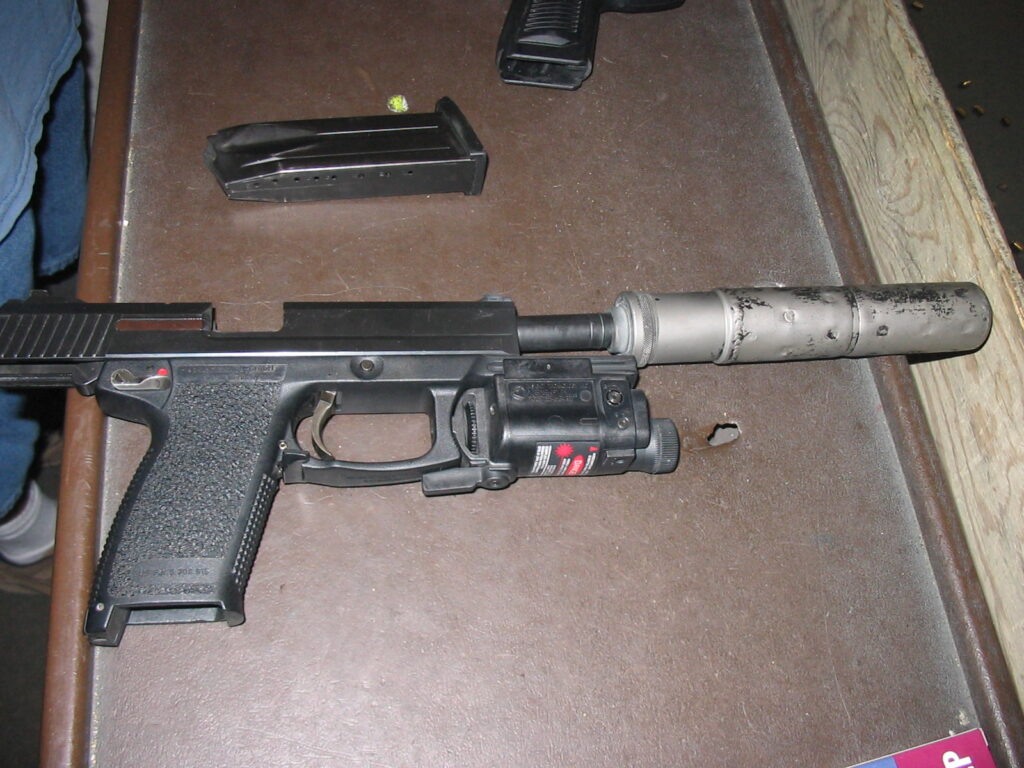
The HK MK23 built for SOCOM was the first and last offensive handgun
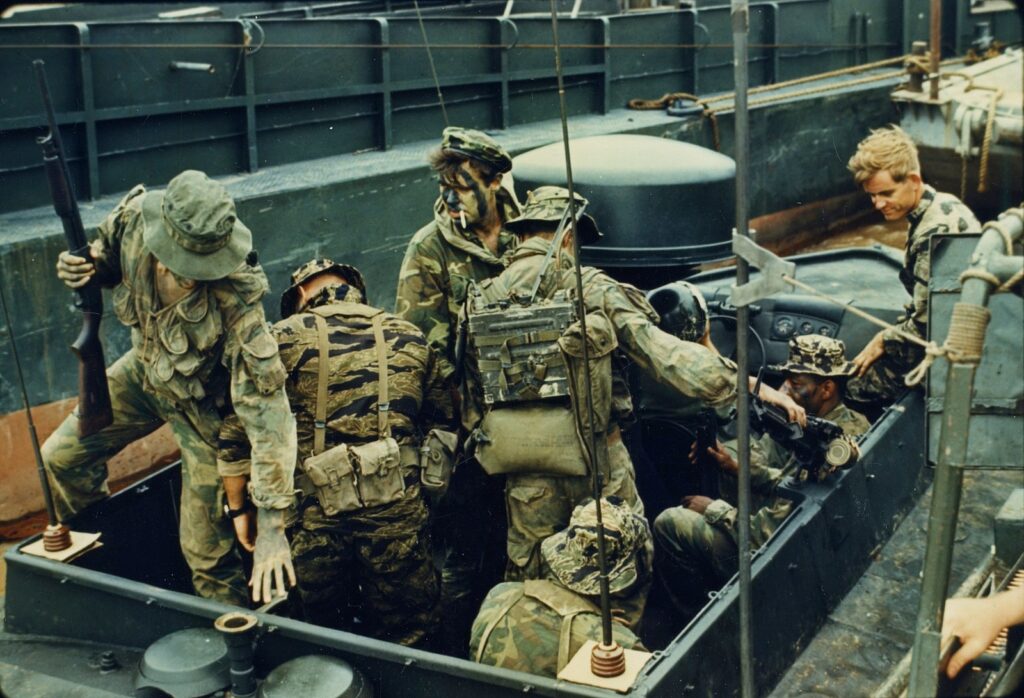
The slick custom shotgun carried by a Navy SEAL point man in Vietnam
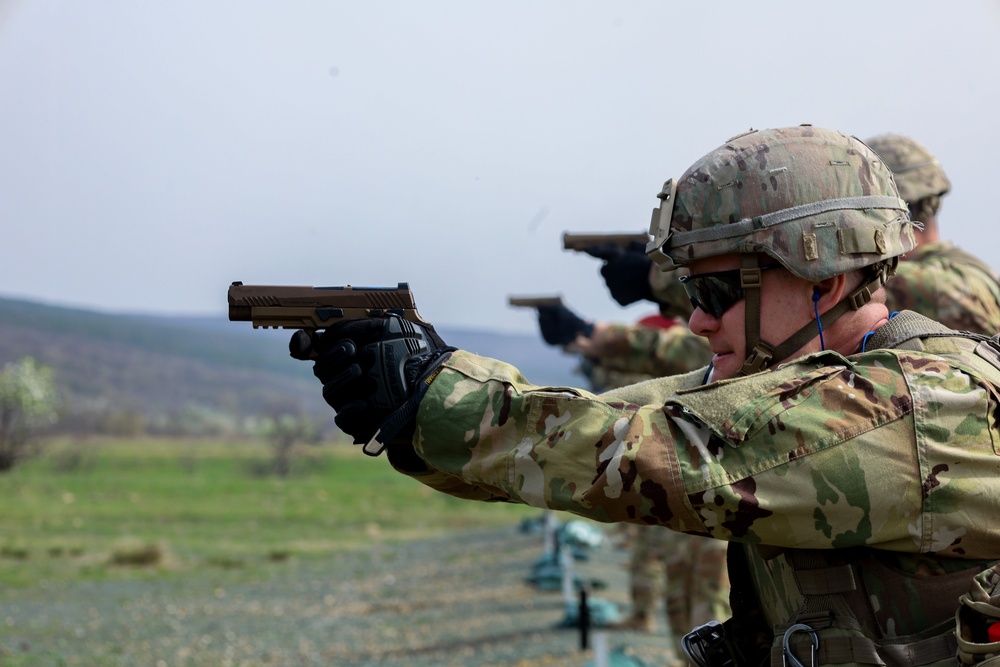
Are the Army’s old Beretta M9 and new SIG M17 pistols as similar as people think?

The Switchblade, loitering munitions, and the new terrifying face of warfare
Sandboxx News
-

‘Sandboxx News’ Trucker Cap
$27.00 Select options This product has multiple variants. The options may be chosen on the product page -

‘AirPower’ Classic Hoodie
$46.00 – $48.00 Select options This product has multiple variants. The options may be chosen on the product page -

‘AirPower’ Golf Rope Hat
$31.00 Select options This product has multiple variants. The options may be chosen on the product page -

‘Sandboxx News’ Dad Hat
$27.00 Select options This product has multiple variants. The options may be chosen on the product page
